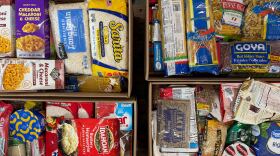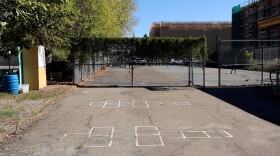"YouTube is becoming a major platform for viewing news," the Pew Research Center's Project for Excellence in Journalism concludes today in a report that puts some numbers behind a pretty obvious trend.
The center "examined 15 months' worth of the most popular news videos on the site (January 2011 to March 2012) — some 260 different videos in all — by identifying and tracking the five most-viewed videos each week located in the 'news & politics' channel of YouTube, analyzing the nature of the video, the topics that were viewed most often, who produced them and who posted them."
Among its findings:
— Videos about natural disasters such as the March 2011 earthquake/tsunami in Japan and political upheaval such as the Arab Spring uprisings in the Middle East were most popular. After the Japanese tsunami, one of the most-watched clips was video taken by a closed-circuit camera at Sendai airport which was then posted by many news organizations.
— "More than a third of the most watched videos (39%) were clearly identified as coming from citizens. Another 51% bore the logo of a news organization, though some of that footage, too, appeared to have been originally shot by users rather than journalists."
— "The news viewership on YouTube is probably still outpaced by the audience for news on conventional television worldwide. While those top 20 tsunami videos were viewed 96 million times worldwide the week of the disaster, for instance, more people almost certainly watched on local and national television around the globe. Twenty-two million people on average watch the evening news on the three broadcast channels each night in the United States alone, and larger numbers watch local TV newscasts."
We looked for a video on YouTube about the report. Ironically, there doesn't seem to be one. But here's a new example of the kind of clip Pew's talking about, in which a major news organization (The Associated Press) takes advantage of some "users" video. It's the scene in London Saturday night when officials turned off the power as Paul McCartney and Bruce Springsteen were playing in Hyde Park because of the local curfew law.





